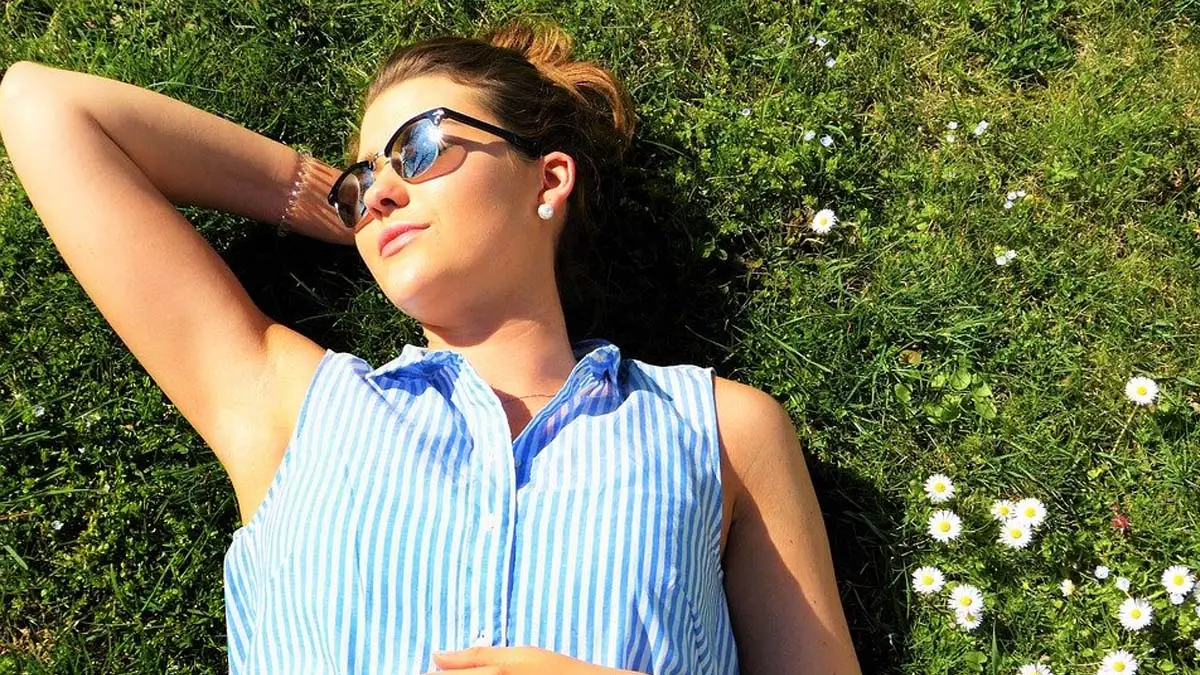
Heatstroke can be described as mild heatstroke, weakness; sweating, cramps, and often visible dilation of leg veins are felt.
Insolation.
High temperatures and excessive time spent in the sun can trigger heatstroke or heat stroke that can even lead to death.
Excessive heat can cause the mechanisms that regulate the body’s temperature to stop working, so that it rises in just 10-15 minutes to 40 ° C, causing the body to lose a lot of water and dehydration occurs.
However, not everyone has the same risk of heatstroke.
Older people and children are the most exposed. But also the chronically ill, heart patients or tourists who travel to warmer countries from cold areas and with few hours of sun.
The pros and cons of sunbathing a lot.
Photo: PixabayThere are many benefits of spending a few hours in the sun, for example.
The creation of vitamin D strengthens the immune system. It has also been proven that some skin conditions such as psoriasis improve after exposure to the sun, and lastly, it is something very much of us that we know that sunbathing helps improve mood.
However, all excesses are bad, and excessive sunbathing means being exposed to harmful UV rays, which can translate if we do not take the necessary measures, redness of the skin that matures sun, or even sunstroke.
We must be aware that skin aggression can cause skin cancer, so we recommend you be well protected from the sun this summer.
Heatstroke and heat exhaustion.
Heat can make you sick and life-threatening quickly, the least serious problem is heat exhaustion, which happens when the internal body temperature begins to rise too high.
You may feel fatigued and dizzy suddenly as blood pressure rises and some people experience a change in their mood. Heatstroke symptoms should not be taken lightly. But they can usually be resolved without medical intervention.
Heatstroke however is a true medical emergency, if not treated promptly can result in death.
Heatstroke occurs when a person’s body temperature typically rises so much higher than 104.5 or 105 degrees F that the organs stop working and the person loses consciousness.
If you are helping someone in this situation, call the emergency immediately and try to lower the person’s temperature as quickly as possible, covering their body with as much ice water as you can.
Heatstroke prevention.
Hydration.
It is the most important of all. You have to keep your body well hydrated, drinking about 2-2.5 liters of water a day. The most convenient, especially for older people and children, carry a bottle of water with you and drink in small sips from time to time.
Departure times.
It is advisable to avoid the hours of greatest heat (between 12:00 and 17:00). The practice of exercises should be done first thing in the morning or late in the afternoon.
- Walk in the shade.
- Whenever you can.
Appropriate clothing.
The clothes you take with you must allow perspiration, to be loose and light, better white and cotton.
Hats and sunglasses.
It is very important especially in children and the elderly who protect from the sun.
So that you can avoid heatstroke put into practice some of these measures in summer.

